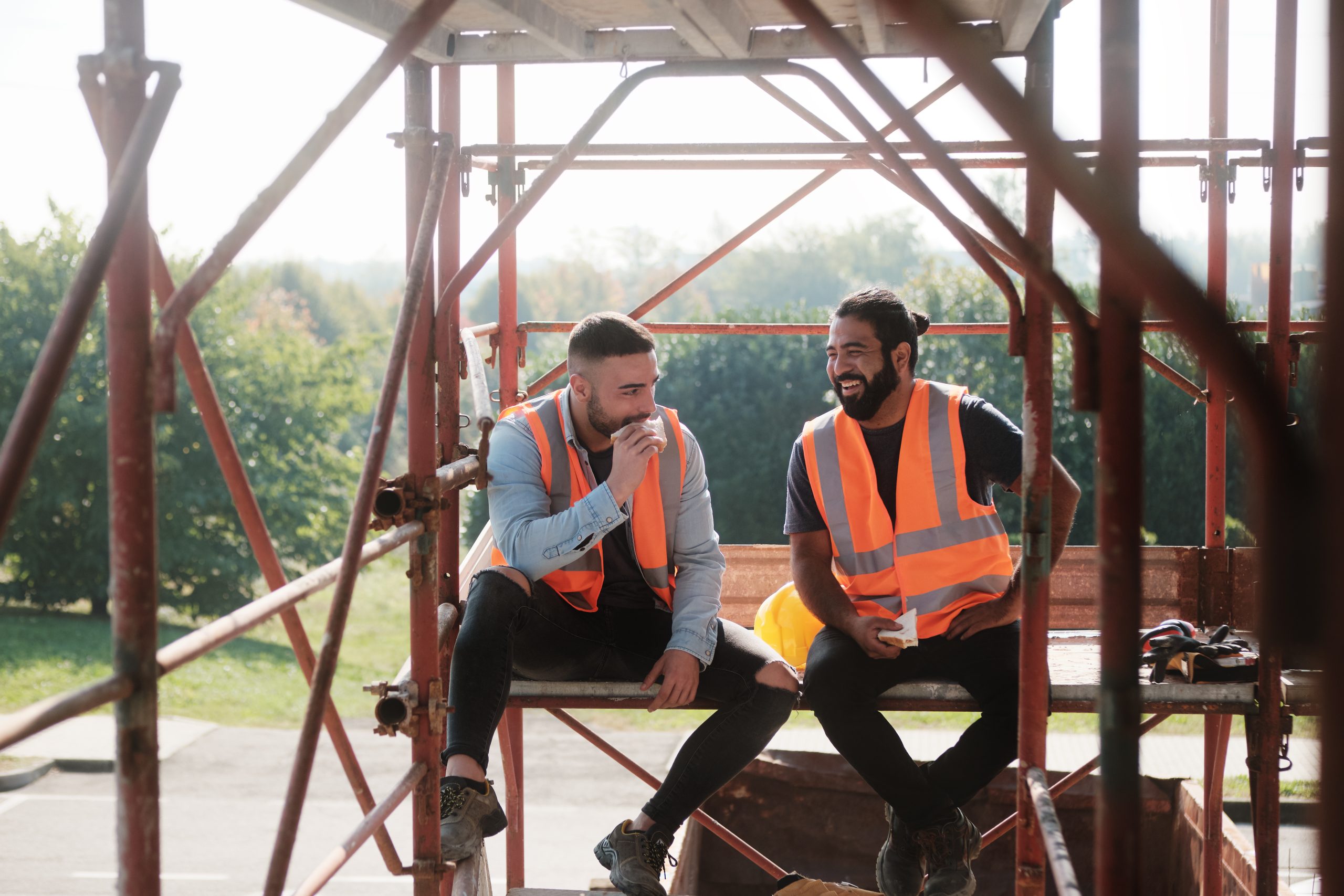The importance of looking after you and your worker’s physical and mental health
Oct 02, 2025

Health in the construction industry is often overlooked, but it has a huge impact on workers and businesses. Physical and mental health issues are among the biggest reasons for time off work and rising workers’ compensation costs across Australia. Ignoring health risks doesn’t just harm individuals, it affects productivity, deadlines, team morale, and a company’s bottom line.
Physical Health Risks
The most common health issue in construction is musculoskeletal injury (MSI), caused by body stressing. These injuries account for over half of lost-time claims in many states, and around 33% of all serious claims nationally. They often result from:
- Heavy lifting or carrying awkward loads
- Repetitive movements
- Awkward body postures
- Using vibrating tools over long periods
- Working without the right equipment or help
Examples of injuries include sprains, strains, bruising, and ongoing pain in the back, shoulders, neck, wrists, or knees. These can happen suddenly (like a pulled muscle) or develop slowly over time.
How to Reduce Physical Health Risks:
- Pre-plan tasks – break jobs into safer steps.
- Use the right equipment – mechanical aids, trolleys, or different tools.
- Rotate tasks – share heavy or repetitive work to avoid overuse injuries.
- Warm up and stretch – treat the body like an athlete would.
- Encourage early reporting – pain or discomfort should be logged before it becomes serious.
- Check site layout – poor design can lead to awkward lifting and unnecessary strain.
Health Monitoring
Construction workers are regularly exposed to hazards that may not cause immediate harm but can create long-term damage. These include, but not limited to:
- Dust and fibres (i.e.silica, asbestos etc.)
- Hazardous chemicals
- Loud noise
- Vibration
What to Do:
- Conduct regular health checks (hearing, lung function, vision) if workers are exposed to risks.
- Provide PPE (masks, ear protection, gloves) and check they’re used and fitted properly.
- Keep exposure levels within safe limits by improving ventilation, reducing noise, or rotating tasks.
Mental Health Risks
Psychological risks (psychosocial hazards) can be just as dangerous. Construction workers are almost twice as likely to die by suicide compared to other employed men, and young workers in other industries. Common risks include:
- Long hours and time pressure
- Bullying, harassment, or aggression
- Lack of support or recognition
- Unclear job roles
- Remote or isolated work
How to Improve Mental Health on Site:
- Talk openly – hold toolbox talks about stress and wellbeing.
- Promote a supportive culture – celebrate wins, recognise hard work, and encourage teamwork.
- Zero tolerance – commit to no bullying, violence, or harassment.
- Improve role clarity – make sure everyone knows what’s expected of them.
- Encourage balance – promote rest breaks and fair hours.
- Support access to help – provide workers with information about support services and encourage speaking up early.
To learn more, we’ve developed a great resource on How to build a mentally healthy work site which provides useful tips.
The Hidden Costs to Business
When a worker is injured or unwell, costs quickly add up. Projects face delays, skills are lost on site, replacement workers may be needed, and insurance costs rise. Poor health also affects morale, making it harder to keep skilled staff.
Actionable Steps for Businesses
To keep your site healthier and safer, try:
- Regular Reviews: Use the HazardCo App for site reviews to spot hazards early.
- Clear Communication: Share site rules, expectations, and updates with all workers.
- Consultation: Ask workers about risks and listen to feedback.
- Incident Reporting: Log every injury, illness, and near miss in the HazardCo App to build a record and identify patterns.
- Toolbox Talks: Use recent incidents or health risks as discussion points.
- Health Monitoring: Arrange checks for high-risk exposures (i.e. noise, dust, chemicals).
- Emergency Planning: Make sure everyone knows what to do if something serious happens.
Physical and mental health are just as important as safety when it comes to protecting workers. By planning ahead, encouraging open reporting, and supporting wellbeing, businesses can prevent injuries, reduce downtime, and build stronger, safer worksites.
If you have any further questions in regards to this topic or need more support, reach out to HazardCo and speak to one of our expert Health and Safety Advisors. You can contact us on 1800 954 702.
* Safe Work Australia reporting period of 2022 – 2023.









